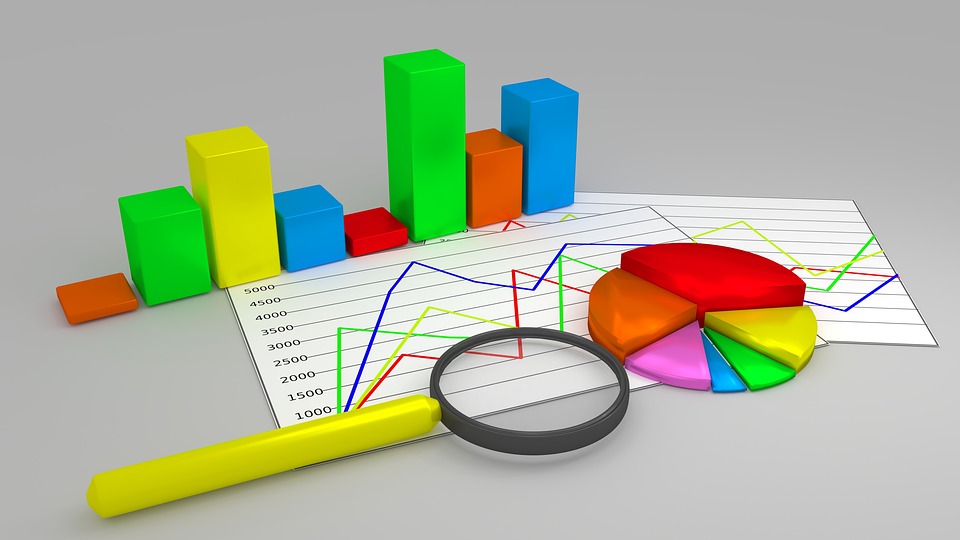Releasing new products can be an unpredictable business. Creativity, innovation, and being able to move nimbly into a market gap are crucial elements of the successful organisation’s toolkit. However, when there is no previous data or experience, making forecasts can be challenging. Here’s how to forecast demand for a new product.
Market Research
Market research is an excellent way of testing the water for new products. There are many different variants. Quantitative approaches, such as surveys, create a statistical picture of consumer preference. Qualitative methods, such as interviews and focus groups, offer in-depth insight into how people think and feel about a product. Ideally, companies should use a combination of market research avenues to view the complete picture.
Collaborate
During the vulnerable forecasting and development phase, working groups are a major asset. Combining the skills of key players in sales, marketing, and tech is a well-rounded approach. Collaboration can be a challenge, but integrated software can help keep everybody on the same page.
Look For Patterns
Inventory management reveals many things, including patterns in buyer behaviour. This is useful for indicating potential market gaps, but is also important when filling those spaces. Studying and analysing consumer trends can help to accurately forecast a new product.
Understand Your Market Segments
Some brands attract devoted fans who will queue up overnight ahead of a launch. Others see a steady trickle of growing interest as consumers come around to the new product or service. Either way, this is more to do with the market segment than the quality of the concept. Understanding how the audience is likely to respond helps to create successful marketing approaches. Sales data and market research are the keys to unlocking this insight.
Don’t Settle For One Forecast
Crystal balls are foggy! Even with the best market research, an unanticipated political shift or economic slide can throw the best models out of the window. Having a Plan B is important, but having Plans C, D, and E is equally vital. Underpinning the data with various risk assessment scenarios can test the water for various new product forecasting outcomes.
Stay Vigilant
Constant monitoring is the best strategy in forecasting. Social media temperature, consumer feedback, and competitor behaviour are crucial indicators of potential sales. Algorithms and AI can take the hard work out of this part of the process, and will also increase forecast accuracy.
Find Out More
Accurate new product forecasting can make the difference between success and failure in business. To see for yourself how software can improve the value and accuracy of new product forecasts, please request a Reflex Planning software demo today.
Image source: Pixabay

